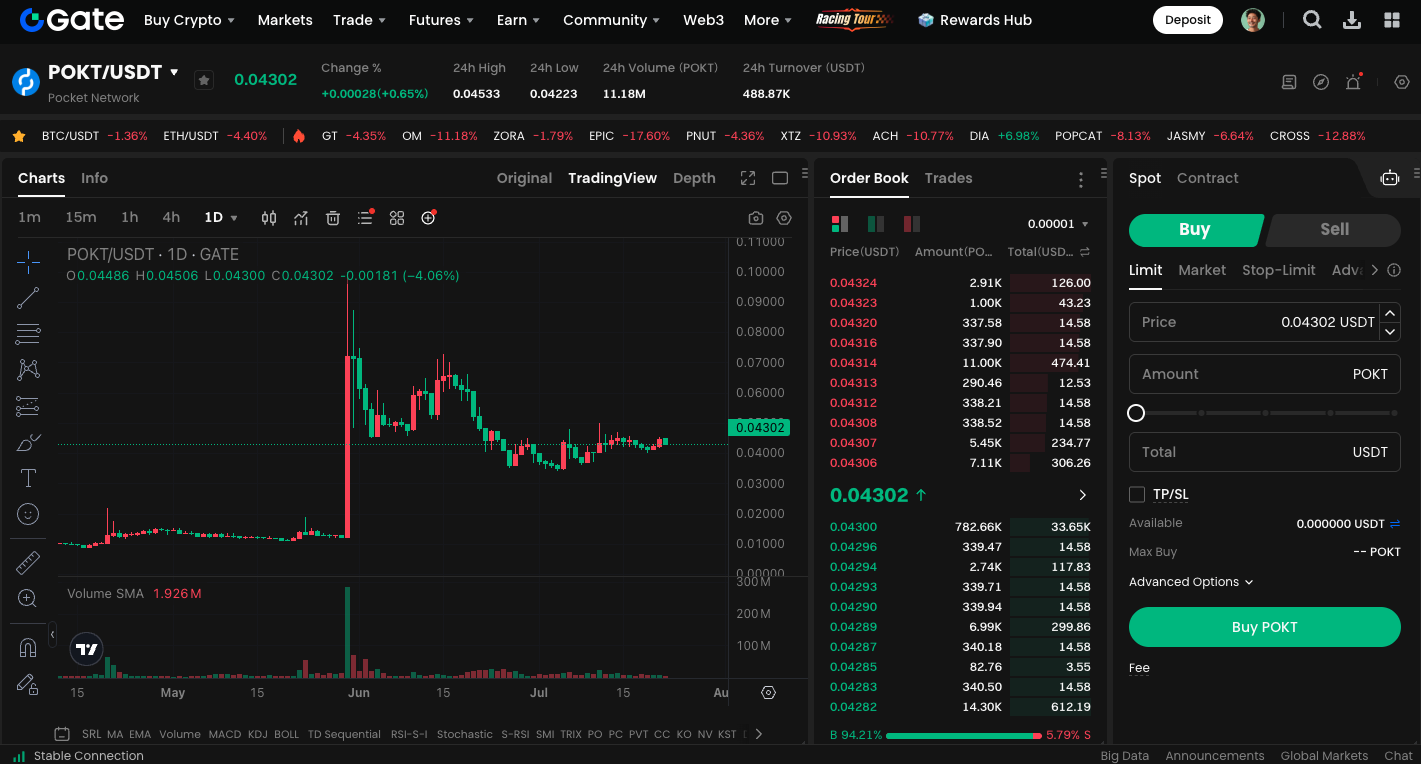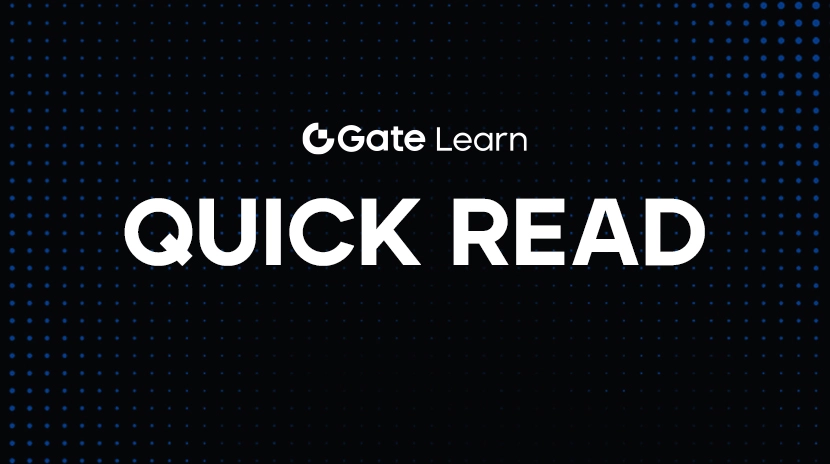What is Pocket Network (POKT)?
What Is Pocket Network?

(Source: POKTnetwork)
Pocket Network is a decentralized physical infrastructure network (DePIN) that provides open-source, censorship-resistant blockchain data access services worldwide. Its mission is to empower users to collectively own and govern the most critical digital infrastructure, breaking the monopoly of traditional centralized node service providers.
Pocket Network incentivizes thousands of node operators to participate in network services and provides developers with reliable, high-speed, and cost-efficient data access. The protocol currently supports over 30 blockchains and Layer 2 networks, enabling developers to access multiple ecosystems through a single integration.
How Does the Pocket Network Protocol Work?
Pocket Network’s protocol is both intuitive and robust:
Node-Provided RPC Services: Nodes process blockchain RPC (Remote Procedure Call) requests, serving as the connection point between developers and on-chain data.
Gateway Request Submission: All requests route through gateways to POKT nodes. Gateways pay nominal fees in POKT tokens for each request.
Node Staking and Verification: Node operators must stake between 15,000 and 60,000 POKT tokens to participate, ensuring accountable operation and aligning economic incentives.
Token Burn Mechanism: Each week, the POKT Foundation burns the fees collected from gateways, creating deflationary token pressure and enhancing token value.
This architecture positions Pocket Network as a fully scalable and highly efficient infrastructure platform, offering substantial cost and performance advantages over centralized RPC providers.
Technical Highlights and Upcoming Upgrades for Pocket Network
In Q2 2025, Pocket Network will launch a major protocol upgrade named Shannon, marking the beginning of fully permissionless operations. Key innovations in this upgrade include:
Relay Minting: Implements cryptographic proof for API requests, supporting throughput at the scale of trillions of requests per second.
Token Logic Modules: Modularizes token logic, enabling flexible adaptation to a wide range of market needs.
Native Multi-Chain Support: Allows POKT’s services to operate across any blockchain network.
Expanded Data Support: Extends support beyond RPC to applications such as AI inference, oracles, cross-chain messaging, and data indexing.
These upgrades will expand Pocket Network’s reach beyond blockchain applications. This will position it as the open data layer for Web3.
Pocket Network Tokenomics
POKT is the native token of Pocket Network and serves two principal purposes:
Payment: POKT is used to pay for node service requests.
Staking: Node operators must stake POKT tokens to participate in request processing, ensuring network security and integrity.
Current Protocol (Morse) Economic Parameters (Transitional Version):
Average daily relays: 400 million
For every 1 POKT burned, roughly 135 new tokens are minted
Annualized node reward rate: approximately 9%
PNF currently manages gateways to prevent “self-serving” behaviors (self-dealing arbitrage)
Post-Shannon Upgrade Goals:
Permissionless node and gateway participation
Significant staking annual percentage rate (APR)
Elimination of “self-serving” economic activity
Introduction of a “source reward” mechanism to attract more data providers
To achieve these targets, POKT will introduce Token Logic Modules, bringing further modularity and flexibility to its tokenomics, enabling highly adaptable network incentives at the protocol level.
Community Growth and the Future of Governance
Pocket Network is more than a technical protocol; it represents a decentralized revolution in digital public infrastructure. As the ecosystem evolves, POKT holders will gain expanded governance rights, including:
Determining token burn rates and distribution mechanisms
Selecting ecosystem grant projects
Coordinating incentive structures for new participants, such as data sources, AI developers, and oracle providers
The user-owned network model fundamentally differentiates Pocket Network from traditional Web2 API providers like Infura and Alchemy.
Start trading POKT spot now: https://www.gate.com/trade/POKT_USDT

Summary
As Web3 moves toward mass adoption, data access and infrastructure have become a key area of competition. Pocket Network not only achieves decentralized node provisioning through its DePIN model but also establishes a user-driven, developer-focused data access framework.





